- Learning time
- 10 minutes
- First play time
- 60 minutes
Cryptid
Designed by: Hal Duncan,Ruth Veevers
Cryptid is a mystery game; a puzzle where the players each hold one (and only one!) clue to the solution: which is where the mysterious cryptid is on the map.
The map – the board, divided into hexes – can be set up in a variety of ways, as denoted on a set of cards. Once you’ve chosen a card, set up the board as it directs you to and then flip the card over – the flip side directs players to a number of clues, using either clue books that come with the game or an app. The clues tell you a little about the location of the cryptid: what type of landscape it might be on, or its proximity to an abandoned shack or bear territory… there are a number of possibilities, but crucially there is only one space on the map where the cryptid can be that matches all the players clues.
Each player receives a number of discs and cubes in their own colour, and then play begins. On your turn, you have two options. The first is you can question another player as to whether, according to their clue, the cryptid could be on a particular hex on the map. The player must answer honestly (the game ceases to work if people don’t) by placing a disc on the hex (if the answer is yes) or a cube (if the answer is no). If they place a cube, the questioner must also place a cube somewhere on the map, eliminating a hex the cryptid couldn’t occupy according to their own clue.
In this way as play proceeds, the options are getting narrower as to where the cryptid could be, so at some stage you might want to search instead – in which case you place a disc of your own on a hex (if there isn’t one there already) where, according to your own clue, the cryptid could be. If every other player adds a disc too – you win! But if a cube goes in, the search is instantly over and you must now add a cube yourself somewhere on the map.
If the basic game doesn’t bewilder you enough, there is also an advanced game with extra structures and more potential clues!
Joe says
I only played this once, and while I recognised the cleverness of the design, I didn't love the experience. A hunt for the bewilderbeast.
The guru's verdict
-
Take That!
Take That!
None
-
Fidget Factor!
Fidget Factor!
Moderate at the start, when questions are fairly broad as a narrowing-down begins. But potentially rising, as players stare around the board trying to figure things out. Best played with note-taking too.
-
Brain Burn!
Brain Burn!
Although we wouldn't call it an intuitive game, the rules aren't too dense. The burning here is figuring out the location...
-
Again Again!
Again Again!
There's numerous set-ups to be explored, and if you can remember them all then you should probably be an actual detective.

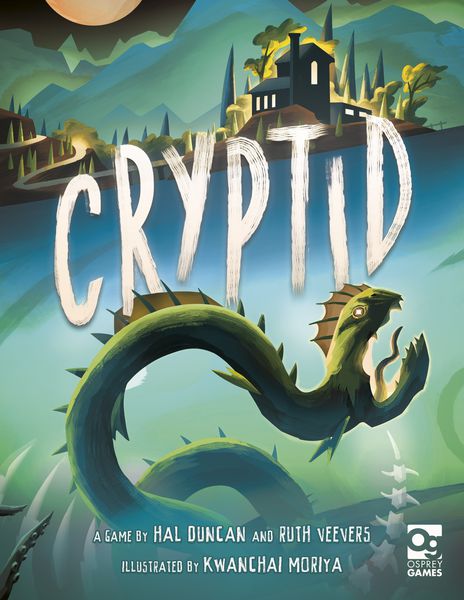
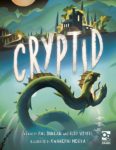
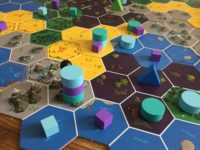
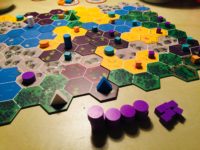


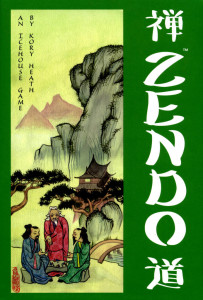
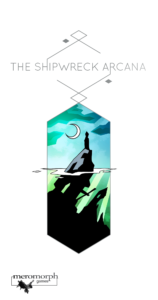
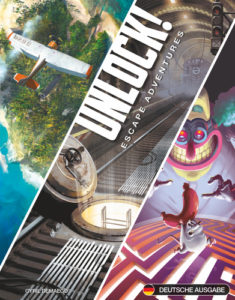

Sam says
Very clever, and nice to play with the kids especially. The head-scratching box gets a massive tick here, and it's a genius bit of design in how there are so many ways to set up but in every case, the cryptid can only be on a particular spot. You can almost learn as you play. The flip-side of those simple rules though is the fact working out the other players clues can be very, very hard. There are a lot of possible clues and therefore the early stages of the game can be bewildering, or feel very haphazard. For players who love that mental challenge (especially with such easy rules) Cryptid will be a big hit. For players who want to get busy building, trading, bluffing, or just chucking some dice around, it might feel a little dry.